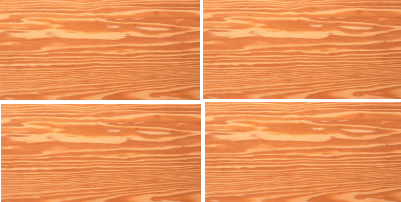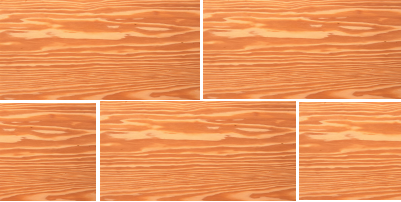Why Stagger End Joints on Subflooring?
Subfloor installs directly on top of floor joists. Subfloor, along with those lower joists, is the only support for your floor covering. It is often said that the end joints (or corners) should fall in a certain staggered pattern. Is this true?
Best Answer
Yes, you should favor staggered ends for our subfloor. But if you happen to have existing subfloor that is not installed this way, you may want to consider leaving it in place.
Because
Staggering your subfloor end joints should be done because you cut in half the number of problematic corners that converge at one point.
Avoid This: End Joints That Form a Cross

Do This: Stagger Subfloor End Joints

Staggered formation is just like brickwork. Bricks are laid out in a staggered formation for a good reason: it’s structurally stable. In fact, you don’t want this kind of arrangement with any kind of building material. Drywall is another application where you never want to have these corners meeting up like a cross.
It’s the same with subfloor. Staggering the corners makes for stronger subfloor, and a better and smoother surface for your floor covering to rest on.
While staggering is correct, exactly how incorrect is a non-staggered formation? Short answer: it is twice as incorrect.
With unstaggered joints, you have 4 corners converging at one point. When you stagger the joints, now you have two corners plus the straight edge of a board converging at one spot. By staggering you have cut the number of potentially weak corners by 50%.
Non-staggered joints will not result in the immediate, or even long-term, self destruction of your flooring because:
Tongue and groove subfloor also means that subfloors are stronger than ever. Tongue and groove means that subfloor boards do a better job of “locking” together than regular plywood.